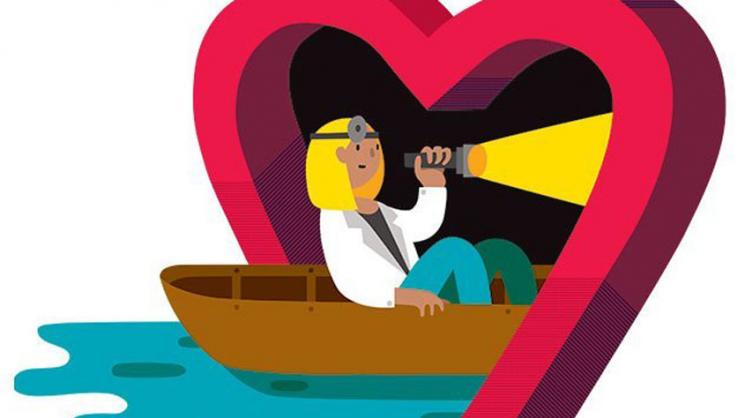In a conversation with Rice Magazine's David Levin, Jane Grande-Allen, the Isabel C. Cameron Professor of Bioengineering, unravels the mysteries of heart valve disease.
One of the big problems in my field is that the early stages of heart valve disease are a mystery. Even people who have regular checkups can develop valve disorders unexpectedly. So how do we catch it in the earlier stages and effectively treat or even prevent it? Right now, we’re doing pretty well when it comes to figuring out heart valve mechanics, but cell biology is an infant field.
From an engineering perspective, heart valves are pretty fascinating. They’re these little flaps of tissue, but they’re very stretchy and strong. With disease, they can change dramatically, becoming stiff and weak, which can cause the valve to tear or crumble. If it does, the valve won’t close correctly and the heart will have to work harder to pump blood in the right direction. Valve mechanics are very important to the proper function of the heart and cardiovascular system.
A major challenge we face is that valve tissue is unlike all the other tissue in the cardiovascular system, like arteries, veins and the heart itself. Most of those structures have tiny blood vessels inside them that supply their cells with oxygen — but valves don’t. They soak up oxygen and nutrients directly from passing blood and have a very different type of cell metabolism that’s really understudied.
It’s still not clear how valve cells survive. Understanding that could help us figure out which processes are involved in starting valve disease and help develop new drugs to stop it in its tracks. It would be a huge deal if patients could be treated with just medication — at the moment, the only real option to repair valve disease in most patients is with open-heart surgery.

